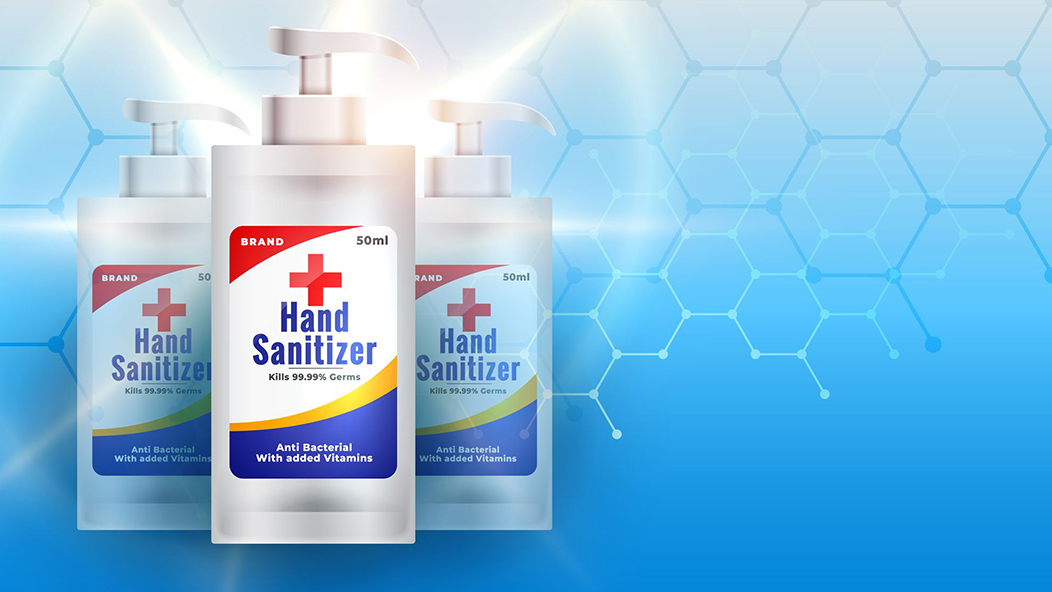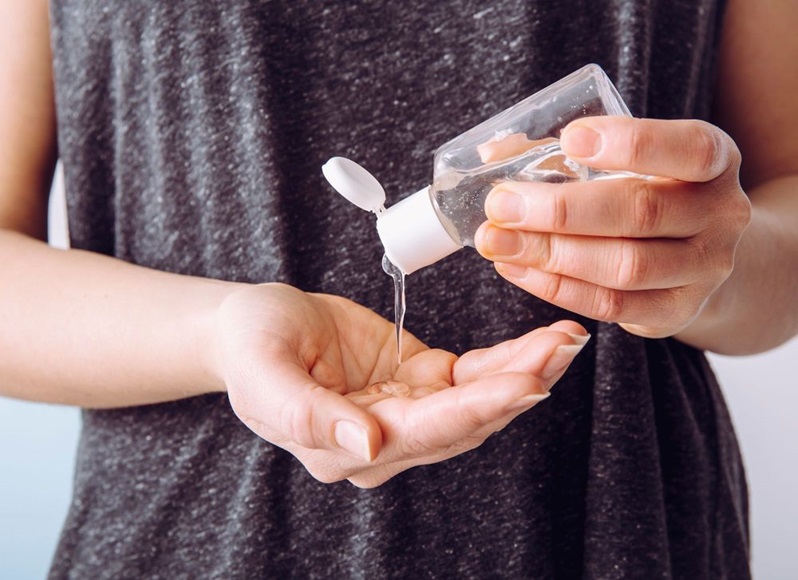Join Our eNewsletter!
Subscribe to our monthly newsletter to receive encouraging advice to help you lead a healthy lifestyle.

Not All Hand Sanitizers Are Created Equal
The COVID-19 pandemic has made most of us much more familiar with hand sanitizer than ever before, but the FDA has warned of some types of hand sanitizer being sold in the U.S. that are dangerous and potentially lethal.
The two active ingredients in hand sanitizer are ethyl alcohol and isopropyl alcohol. The Centers of Disease Control and Prevention (CDC) recommends using a hand sanitizer that contains at least 60 percent of these alcohols to kill germs on hands. But in a recent warning, the FDA urged consumers to not use hand sanitizers from certain manufacturers because they contain exceptionally low levels of ethyl and isopropyl alcohols and may be contaminated with methanol and/or 1-propanol, both of which can be toxic.
The Potential Dangers
Methanol is a wood alcohol that can be toxic when absorbed through skin and lethal when ingested. The FDA noted cases of adults and children ingesting hand sanitizer products contaminated with methanol in which adverse reactions, including blindness, hospitalizations and death, have occurred.

In August, the FDA updated its warning to include hand sanitizers contaminated with 1-propanol, which is not an acceptable ingredient for hand sanitizer and can also be lethal when ingested because it can depress the central nervous system. Symptoms include confusion, decreased consciousness, and slowed pulse and breathing.
While ingestion of hand sanitizer is relatively uncommon, it is a danger especially among children. Parents should always carefully monitor children around hand sanitizer.
An indirectly dangerous factor in using the potentially contaminated hand sanitizers now listed on the FDA website is not effectively protecting from germs because they contain very low levels of ethyl alcohol and isopropyl alcohol.
The bulk of the methanol and 1-propanol contaminated hand sanitizers were manufactured in Mexico and have been added to an import alert to stop products from entering the U.S.
Still another concern is microbial—or bacterial—contamination of some hand sanitizers manufactured in the United States. Most, if not all, of these have been voluntarily recalled by their manufacturers.
Before continuing use of hand sanitizers in your possession, it's a good idea to check the FDA's do-not-use list of products. If you find that you have one of the products on the list, you should immediately stop using the hand sanitizer and dispose of it, ideally in a hazardous waste container. Do not pour the product down the drain or flush them in the toilet. If you need guidance on how to dispose of the products safely, please consult your local waste management and recycling center.
Meet Our Team
Our Family Medicine doctors provide services for adults and children at several Kelsey-Seybold Clinic locations throughout the Houston area, so you’re never far from the compassionate care you need.








